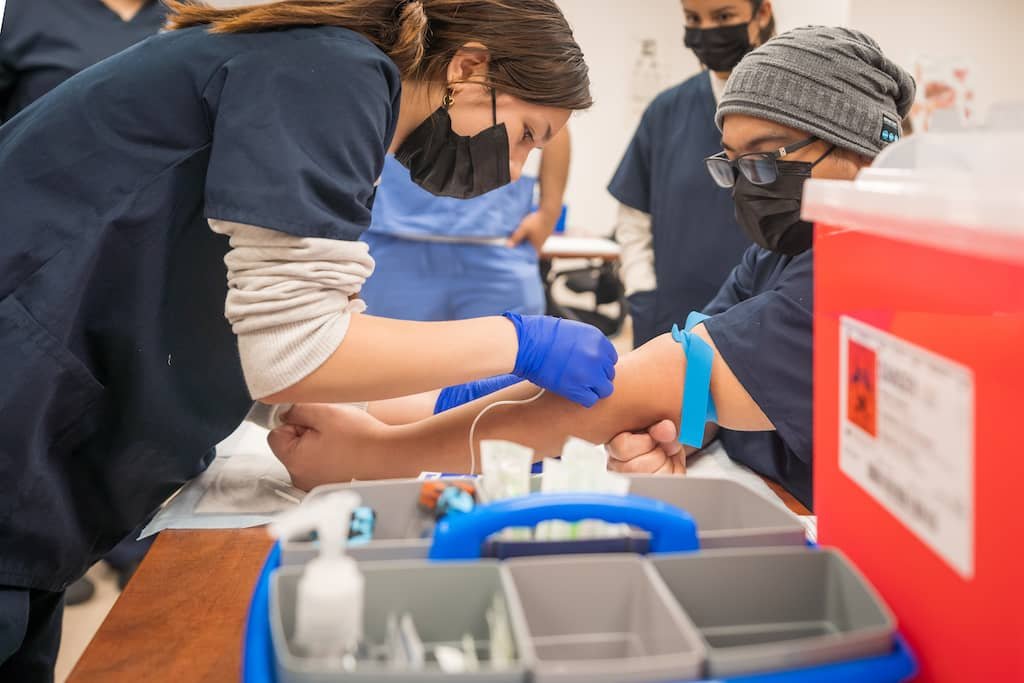Integrating Hospital Supply and Equipment Management with Electronic Health Records: Improving Efficiency and Patient Care Outcomes
Summary
- Hospital supply and equipment management are crucial aspects of healthcare operations
- Integrating these systems with Electronic Health Records can improve efficiency and patient care outcomes
- This integration requires careful planning, coordination, and investment in technology
Introduction
Hospital supply and equipment management are essential components of healthcare operations that directly impact patient care outcomes. Effective management of supplies and equipment ensures that Healthcare Providers have access to the tools they need to deliver high-quality care. In recent years, there has been a growing recognition of the importance of integrating supply and equipment management systems with Electronic Health Records (EHRs) to improve efficiency and patient care outcomes in the United States.
The Importance of Integration
Integrating supply and equipment management systems with EHRs has the potential to revolutionize the way Healthcare Providers operate. By linking these systems together, hospitals can improve coordination, streamline processes, and enhance patient care outcomes. Some key reasons why integration is important include:
1. Streamlined Processes
When supply and equipment management systems are integrated with EHRs, Healthcare Providers can streamline various processes. For example, automated inventory management systems can automatically update inventory levels based on patient care needs recorded in EHRs. This reduces the manual work required to manage supplies and ensures that Healthcare Providers have the necessary tools at their disposal.
2. Enhanced Patient Safety
Integrating supply and equipment management systems with EHRs can also enhance patient safety. By linking supply usage to specific patients, Healthcare Providers can ensure that the right supplies are used for the right patient at the right time. This reduces the risk of errors and improves patient outcomes.
3. Data-driven Decision Making
Another key benefit of integrating supply and equipment management systems with EHRs is the ability to make data-driven decisions. By tracking supply usage and patient care outcomes in one system, Healthcare Providers can analyze trends, identify areas for improvement, and make informed decisions to optimize efficiency and patient care outcomes.
Challenges and Considerations
While the integration of supply and equipment management systems with EHRs offers numerous benefits, there are also challenges and considerations that Healthcare Providers must address. Some key challenges include:
1. Technological Compatibility
One of the main challenges of integration is ensuring that supply and equipment management systems are compatible with EHRs. Healthcare Providers may need to invest in new technology or upgrade existing systems to facilitate integration. Additionally, compatibility issues between different systems can arise, requiring careful planning and coordination to overcome.
2. Data Security and Privacy
Integrating supply and equipment management systems with EHRs raises concerns about data security and privacy. Healthcare Providers must ensure that sensitive patient information is protected throughout the integration process. This may involve implementing encryption protocols, access controls, and other security measures to safeguard patient data.
3. Training and Education
Another challenge of integration is ensuring that Healthcare Providers are adequately trained to use the integrated systems effectively. Training and education programs may be necessary to familiarize staff with new technology, workflows, and processes. This requires an investment in staff resources and time to ensure successful implementation and adoption.
Best Practices for Integration
To overcome the challenges associated with integrating supply and equipment management systems with EHRs, Healthcare Providers can follow best practices to ensure a successful implementation. Some key best practices include:
1. Establishing Clear Goals and Objectives
Prior to integration, Healthcare Providers should establish clear goals and objectives for the project. Identifying specific outcomes and metrics for success can help guide decision-making and ensure that the integration meets the needs of the organization and its patients.
2. Collaborating Across Departments
Successful integration requires collaboration across different departments within a healthcare organization. Involving stakeholders from Supply Chain, IT, clinical, and administrative departments can help ensure that the unique needs and perspectives of each department are taken into account during the integration process.
3. Implementing Change Management
Change management is crucial for successfully integrating supply and equipment management systems with EHRs. Healthcare Providers should develop a comprehensive change management plan that includes communication strategies, training programs, and support mechanisms to facilitate a smooth transition to the integrated system.
Conclusion
Integrating hospital supply and equipment management systems with Electronic Health Records is a critical step towards improving efficiency and patient care outcomes in the United States. While there are challenges associated with integration, the benefits of streamlined processes, enhanced patient safety, and data-driven decision-making far outweigh the costs. By following best practices and addressing key considerations, Healthcare Providers can successfully integrate these systems to deliver high-quality care to patients.

Disclaimer: The content provided on this blog is for informational purposes only, reflecting the personal opinions and insights of the author(s) on the topics. The information provided should not be used for diagnosing or treating a health problem or disease, and those seeking personal medical advice should consult with a licensed physician. Always seek the advice of your doctor or other qualified health provider regarding a medical condition. Never disregard professional medical advice or delay in seeking it because of something you have read on this website. If you think you may have a medical emergency, call 911 or go to the nearest emergency room immediately. No physician-patient relationship is created by this web site or its use. No contributors to this web site make any representations, express or implied, with respect to the information provided herein or to its use. While we strive to share accurate and up-to-date information, we cannot guarantee the completeness, reliability, or accuracy of the content. The blog may also include links to external websites and resources for the convenience of our readers. Please note that linking to other sites does not imply endorsement of their content, practices, or services by us. Readers should use their discretion and judgment while exploring any external links and resources mentioned on this blog.

